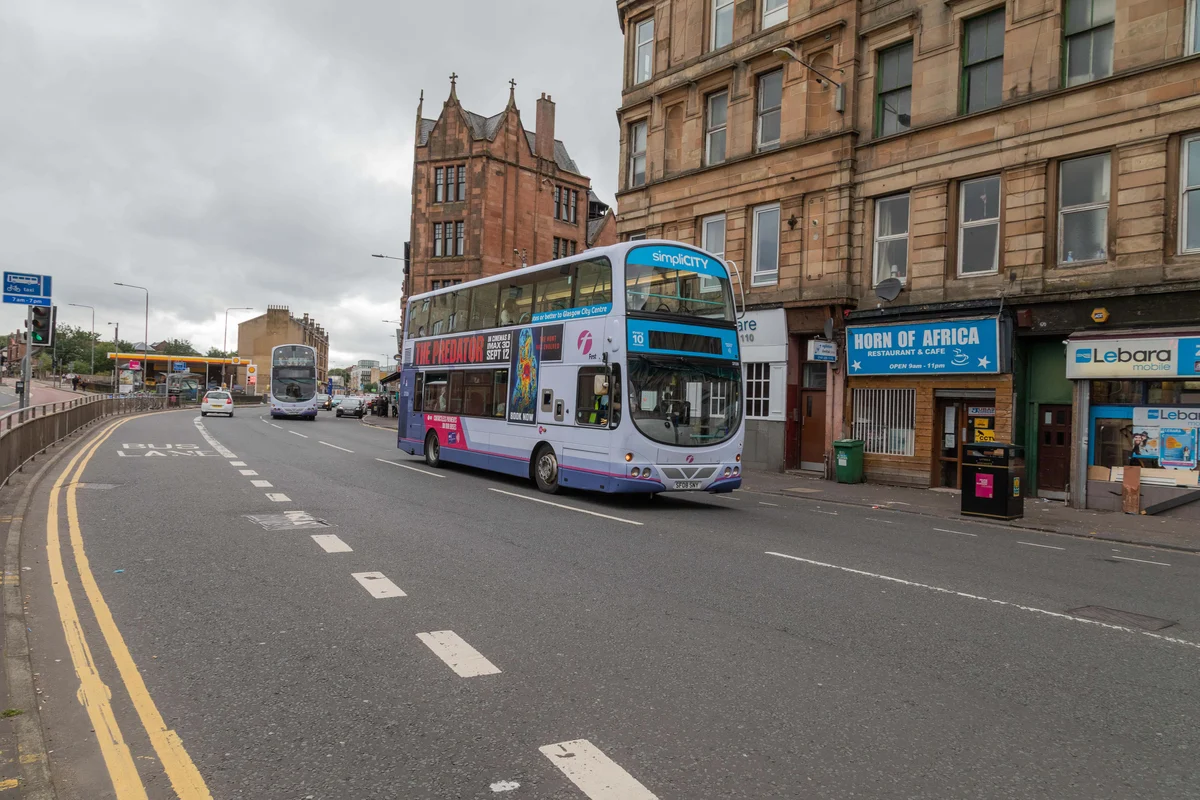By Ryan McDougall
Copyright standard

Glasgow is to trial the use of artificial intelligence (AI) technology in a bid to reduce bus journey times and enhance public transport efficiency.
The project has been funded with £1.27 million from the Scottish Government’s Bus Infrastructure Fund (BIF).
The wider BIF was awarded £20 million in 2025-26.
It will fund a year-long AI-powered traffic signalling programme on Glasgow’s Pollokshaws Road, which connects the southside to the city centre.
Smart signals at more than 20 junctions will use real-time and historical data to prioritise buses and reduce delays.
The initiative builds on a smaller-scale trial conducted last year which delivered journey time reductions of up to 50%.
The pilot aims to replicate and expand these benefits along the full length of Pollokshaws Road, making public transport faster and more reliable.
It is hoped other road users in the area will also benefit as the AI works to ease congestion and improve the flow of traffic.
The grant will also help fund design work for other infrastructural projects dotted around the city, with the intention of further improving bus transportation.
These include the Pollokshaws Road bus corridor, which will connect the Eastwood Toll to the city centre, and the Paisley Road West bus and active travel corridor, which will stretch from Paisley town centre to Glasgow city centre.
A number of improvements will be carried out on Hope Street, including widening pavements, modernising junctions, improving pedestrian crossings, and upgrading bus shelters and real-time passenger information.
Councillor Angus Millar, city convener for transport and climate, said: “This investment represents an important step forward in creating a better, quicker and more reliable bus network across Glasgow.
“By trialling AI-powered traffic signals on one of our busiest corridors, we’re exploring how new technologies can deliver improvements for bus passengers and make travelling by bus an easier option for more people.
“The funding will also support design work for several major infrastructure projects that will allow us to cut journey times through bus priority measures.
“This includes two key bus corridors and improvements to Hope Street – one of the city’s busiest interchange points, with high volumes of services and passenger numbers.”
Connectivity minister Jim Fairlie said: “Ahead of Scotland’s National Innovation Week, I’m pleased we’re supporting Glasgow City Council with almost £1.3 million from the Scottish Government’s Bus Infrastructure Fund.
“I recently visited Glasgow’s operations centre at Eastgate to learn more about the transformational impact that artificial intelligence and machine learning will bring to bus prioritisation across the city.
“Our investment will help improve bus infrastructure and speed up bus journeys, making buses even more attractive for people working, living in or visiting Glasgow.
“For our communities and for our climate, this crucial investment will support a shift away from cars and towards more sustainable bus services, by making public transport a more attractive and accessible transport option for even more people.”
George Hazel, chairman of Glasgow City Region Bus Partnership, said: “For many people across the city region, bus travel is essential – connecting them to work, education, healthcare, and more.
“By investing in the planning and design of smarter, more efficient bus infrastructure, we’re helping to create a fairer, greener transport system that supports economic growth, reduces car dependency, and makes public transport a more attractive and accessible option for all.”



